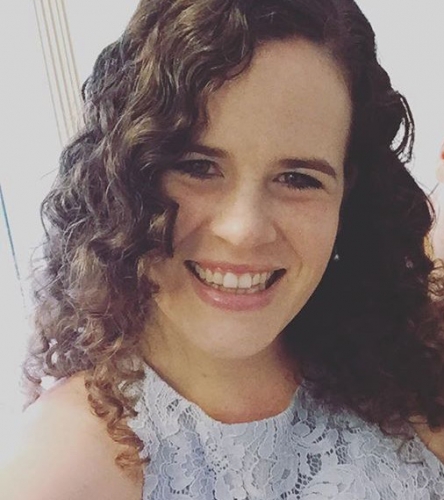One of the big concerns that increases as we age is our risk of falling. As our bodies slow down and become more frail, falls become an inevitable part of aged care, with
one in four people aged 65 and over experiencing at least one fall a year. These can be serious incidents causing significant injury, and beyond the physical harm, they can also result in loss of confidence, reduced independence and higher care costs. It’s no surprise the sector is shifting to proactive prevention, using AI-powered monitoring systems and wearable alert devices to keep residents safer, more independent and better supported.
Subscribe for FREE to the HealthTimes magazine
As the aged care sector evolves, so does the technology supporting it. New tools are helping providers move from reactive to proactive fall prevention, shifting the focus from responding after a fall has occurred to predicting and preventing it altogether.
One of the biggest developments is the use of
smart sensor systems. These are installed in bedrooms or communal areas and use motion detection and pressure-sensitive flooring to spot unusual movement patterns. For example, if a resident is trying to stand unaided or is lingering on the floor after a fall, real-time alerts let staff know straight away. This reduces the response time and, in turn, post-fall outcomes. Even better, using predictive analysis, these sensors can look at past data to predict when falls are most likely to happen based on patterns. With early warning systems in place, caregivers have a chance to step in before an incident even occurs.
Predictive analytics can also be used to look at trends across an entire facility. For example, if data shows a high number of incidents in a particular corridor or at certain times of day, environmental changes or staffing adjustments can be made to help prevent this. For example, smart lighting that changes throughout the day can make sure corridors are well lit at all areas of the day, improving safety. At the same time, voice-activated assistants or alert buttons placed throughout living spaces allow residents to quickly seek help without needing to reach a phone or call bell. This data can be used to allocate resources effectively and help improve safety for residents.
Wearable devices are also becoming more common. Many aged care residents now use pendants or wristbands with fall detection technology that can automatically notify staff or emergency contacts if a fall is detected. These tools give residents greater confidence in moving about independently while also providing families with peace of mind.
Technology is also helping residents take an active role in their own care. Apps and touchscreen devices allow them to report changes in their well-being, such as logging pain levels, receiving reminders to drink and doing mobility exercises. When residents are both involved and informed in their care, they are more likely to stick to their physiotherapy sessions and take careful measures when getting out and about.
Staff also play an important role in preventing and responding to falls. However, with increasing workloads and stretched resources in aged care, timely access to information can make all the difference. As explored above, smart monitoring systems, such as motion sensors, wearable devices and bed or chair alarms, are making a huge difference to residents. But they are also saving time for staff too. Thanks to these systems, there is less reliance on staff making periodic checks while still being able to respond immediately when something happens.
Falls remain one of the most significant risks to the health, independence and quality of life of older Australians in aged care. But with the right blend of traditional care practices and smart technology, providers now have more tools than ever to prevent falls before they happen, respond faster when they do, and support residents in safer ways. Aged care providers can use these new approaches to create safer environments, more responsive systems, and better outcomes for residents and their families.













